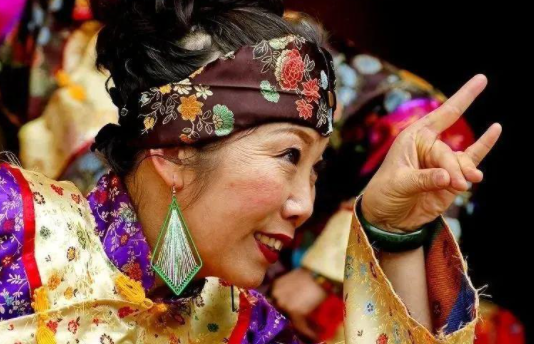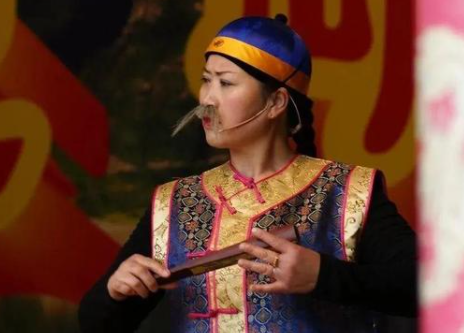Kongtong joke art of humor
329 views · Organized by 肖毅 on 2022-03-09
"Joke Tan" is a form of folk singing, which has the form of opera. Its performances are often interspersed in the middle of Meihu plays, appearing at the request of the audience. The most prominent feature is that it has strong entertainment, and it is a humorous art that is known for laughing, speaking and performing.



Involving musical instruments
Bangzi (pinyin: bāng zi), also known as bangban, is a Chinese percussion instrument. Around the late Ming and early Qing Dynasties (17th century) in China, it became popular with the rise of Bangzi Opera. The clapper consists of two solid hardwood rods of varying lengths and thicknesses.
The sanxian has three strings in total, hence the name "Sanxian". Chinese traditional plucked instruments were also introduced to Ryukyu, Japan and other places. He plays the main instrument in operas such as Kunqu Opera, Huaihai Opera, Daxianzi Opera, etc.
iao Gong (pinyin: xiǎo luó), named for its small size. Copper, round, about 22 cm in diameter, slightly raised in the center, not tied. When playing, use your left finger to hold the inner edge of the gong, and hold a thin wood chip in your right to strike the sound. Its sound is bright and crisp.
Banhu (pinyin: bǎn hú) is a kind of stringed instrument with a history of more than 300 years in China. The timbre is high, firm, and has strong penetrating power. It is the main accompaniment instrument for northern opera and rap.
The bell (pinyin: Pèng líng) was called bell cymbal in ancient times. It is a musical instrument of Manchu, Mongolian, Tibetan, Naxi, Han and other ethnic groups. Tibetan called Dingxia. Due to the difference in the spread of the region, in the folk there are names such as jingling, double chime, sound and water, etc. In Shaanxi, it is called dangzi, and there are also called bells for short. It is shaped like a bell, made of copper, one pair of two, connected by ropes, collided with each other and pronounced without a fixed pitch. Often used in instrumental ensembles and opera accompaniment, it is a rhythm instrument.
Guess you like
Organized by 长乐 on 2022-07-12
As the 20th National Congress of the Communist Party of China is about to be held, huqin performer Zhao Duoliang and his performance team actively innovated online and offline performance forms. By interpreting the Banhu ensemble "Flying Rain", they continued to play traditional national movements and helped the dissemination and promotion of national music.
read >>
Organized by 阿蘅 on 2022-06-27
If there is no banhu in the accompaniment band of Hebei Bangzi, no matter how high-quality the players of other instruments, no matter how strong the lineup, even a symphony orchestra with hundreds of people will still not play the charm of Hebei Bangzi itself.
read >>
Organized by Fucui on 2022-05-07
Since the founding of the People's Republic of China, under the guidance of the correct line of the party, with the rise and improvement of Banhu solo art, a large number of excellent works have emerged.
read >>
Organized by 陌上花 on 2022-02-21
In order to fully implement the State Council's guiding opinions on the development of social organizations and implement the tasks assigned by the Ministry of Culture and Tourism, the China Social Arts Association established the China Social Arts Association Artistic Proficiency Examination Committee (hereinafter referred to as the Grade Examination Committee). Experts and professors in various social art industries across the country have created a grading system for China's social art level. In line with the purpose of "promoting national culture, popularizing social art education, developing my country's cultural and artistic undertakings, and improving the cultural and artistic literacy of the whole people", the grading examination committee organizes, regulates and coordinates the national social art assessment work.
read >>
Organized by 陌上花 on 2022-02-15
Banhu, a kind of stringed instrument, has a history of more than 300 years in China and has various names, such as Qinhu, Huhu, Bangzihu, Daxian and so on. The timbre is high, firm, and has strong penetrating power. It is the main accompaniment instrument for northern opera and rap, and can also be used for ensemble and solo.
read >>
 渝公网安备 50010702504639号
渝公网安备 50010702504639号